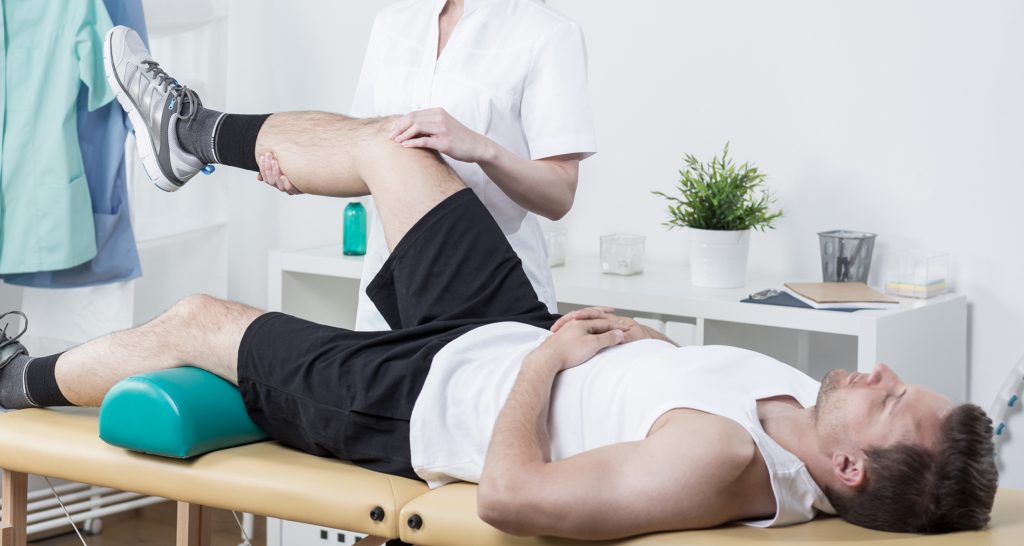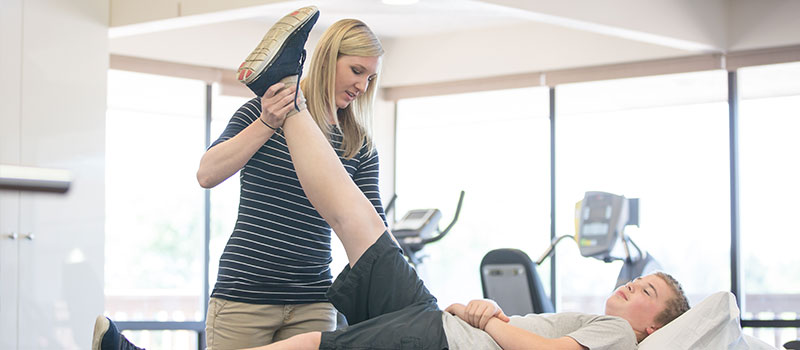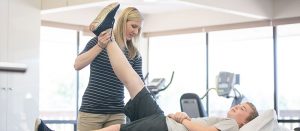physiotherapy : Best Mobility exercises

For some time, have you felt that you have lost some mobility in your shoulder or hip? Do you think that’s normal and that it’s part of aging?
Actually no! Your joints are supposed to keep their range of Mobility exercises in physiotherapy if you use them regularly.
A rapid decrease in mobility or a restriction associated with pain may indicate an injury or health problem. A physiotherapy consultation will allow you to verify the causes of this decrease in mobility, treat it and obtain an exercise program.
A patient from clinics who recently recovered from a retractable shoulder capitalistic, clearly understood the importance of mobility exercises in physiotherapy . This condition significantly reduces possible shoulder movements and can last more than a year if left untreated.This article will help you understand how mobility exercises in physiotherapy can help you recover from an injury and why physiotherapists recommend them.
What is joint mobility?
Joint mobility is the ability to move a joint in different directions. The available amplitude depends on the structures (ligaments, muscles, nerves, etc.) that surround the joint.
What can reduce my ability to move freely?
A patient is not the only one who has had a decrease in joint mobility. Indeed, several health conditions can restrict mobility. Among other things, bursitis and tendinitis are often found in physiotherapy. Some more general problems such as osteoarthritis and arthritis can also limit movement.
An operation or trauma can also cause stiffness in a joint. Pain, swelling and scarring are the causes of this restriction.In all these cases, a physiotherapy consultation is indicated. Indeed, it is important to perform the right exercises to recover mobility, otherwise it is possible to keep restrictions in the long run.

What do mobility exercises in physiotherapy work?
In general, mobility can be restricted by three components of the human body;
- Nerves
- Muscles
- The articulation and what surrounds it (capsule)
Often the restriction of movement does not come from a single component, but from a mixture of these three elements.
Thus, some exercises mobilize the joint and reduce the stiffness that is present. Other forms of exercise can increase the flexibility of the muscles. The nerves are working with neural mobility exercises.
Mobility exercises and their accessories
There are hundreds of ways to perform mobility exercises . Each physiotherapist has his favorite exercises. However, some tools make it easier to perform the exercises. One finds among others the foam roller which makes it possible to work the back and the legs. Balls can also help release tension points while straps help to mobilize a joint with the help of one’s hands. For patient, a pulley and a rope helped to regain some of the mobility during the treatments. At home, exercises with a stick helped maintain mobility regained during physiotherapy sessions.

Home exercises
At home, physiotherapists recommend doing mobility exercises a few times a week. A simple home exercise routine is easily accomplished. It is also possible to register for various sports activities such as yoga or pilates that can mobilize the different joints of the body.For patient, a daily routine consisting of stretching and mobility exercises provided by her physiotherapist combined with the treatments allowed her to cope in a few months. Without the exercises, his capitalistic would probably have lasted more than a year.
In summary, mobility exercises are a form of exercise that aims to maintain or regain the range of motion of a joint. If you feel that you are moving less freely around your body, do not wait to see a physiotherapist at clinics. We will teach you the right exercises and give you the motivation to achieve them!






